Small Concept Goes Big
Thanks to staff creativity and customer interest, the fairy gardening department at Tonkadale Greenhouse provides gardeners a reason to shop no matter the season.
About five years ago at Tonkadale Greenhouse in Minnetonka, Minn., I started making indoor container gardens using small houseplants to sell in the greenhouse during the winter season, and I thought how cute it would be if I could add some small accessories to make it look like a small outdoor garden. I found a small bench and used pebbles for a path and started making tabletop miniature gardens.
These gardens didn’t have any fairies in them at the time, but you could just imagine them being there. They had the “essence of fairies,” as I like to call it. Later, when I found the fairies, there was the option to include them in the scenes.
We started with only a few tabletop fairy gardens on a greenhouse bench, but as interest grew and the pots sold, we decided to expand. We now have an area in the corner of the greenhouse to display all of our indoor and outdoor fairy items. The area is approximately 720 square feet, with custom arbors and a corrugated tin awning above the wall display areas, which gives the effect of being in a backyard setting.
Included in this area is a 60-square-foot planter made with interlocking retainer wall block. In this planter, I created a large miniature landscape with houses, walled gardens and waterfalls. I have tried to include as many miniature accessories as possible in this landscape so that they will inspire others to buy the pieces to create their own landscapes. Sometimes people don’t know what to do with an item, like an overlook bridge, until you show them it can be placed over a dry stone riverbed and add blue stones to simulate water. For some, seeing is easier than imagining.
If You Build It…
Considerably smaller in scale, we also create and sell tabletop fairy gardens. These are made with our small houseplants and mini flowering plants like violets and kalanchoes. We fill clay or glazed pots with the plants, add an arbor and fence, some pot shards for a patio and put them out for sale. We will make six or more of the same style at a time to make a nice display, but if I have time, I will make unique one-of-a-kind pots.
There was one in particular that comes to mind. I made a fairy garden to resemble a forest campground with a fire pit using pieces of dogwood for the logs and added some chairs around the pit. It must have had a special meaning for someone because they bought it as soon as I put it out. If you think about, these tabletop fairy gardens can take almost any shape and be a great way to promote indoor gardening during winter months.
We have people of all ages coming to our greenhouse to look at the fairy area. Young parents with children in strollers, grade school kids with a parent in tow, and retired grandparents eager to start a fairy garden to share with their grandkids. We have Brownie and Girl Scout troops, as well as tour groups, come to the greenhouse and the fairy garden display is their first stop. New this year, I’m considering incorporating accessories like roads for trucks or a dinosaur diorama to keep the interest of little boys.
Our fairy garden department has done a great job inspiring grade schools to set up gardens in their classrooms and teachers are always stopping by during the winter months to pick up some accessories and plants to add to their classroom display.
Going Small for Bigger Sales
The fairy gardening department has grown year over year. And because we are so scrunched for space in the greenhouse, especially during the spring and summer season, we wanted to make sure that this area was generating revenue worthy of the space it garners.
Since starting this department, we have also increased the sales of our houseplants. We propagate plants into 3-inch pots and sell them for use in terrariums and miniature gardens. The 4-inch plants like ferns and baby tears have been very popular for the indoor fairy gardening. Sales of sheet moss, river rock, potting soil and smaller glazed pots have all increased due to the interest in indoor fairy gardens.
If a garden center is thinking of getting into fairy gardening, I suggest they start small by making some tabletop gardens to see if the interest is there. You can tell by the reactions of the customers who come in. They may either buy the finished garden or they may buy the pieces to make it themselves. Have a few different options for containers and a selection of fairy items to fit into those containers.
If you don’t have room for a display garden, set some potted houseplants among the fairy accessories. I have found that the live plants really help customers visualize how their garden will look. As interest grows, you can add more accessories. This also keeps them coming back to see what’s new.

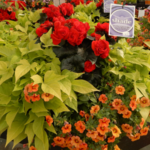
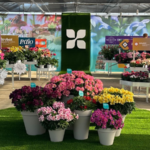
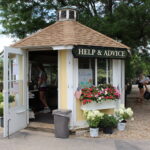


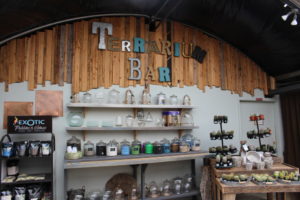
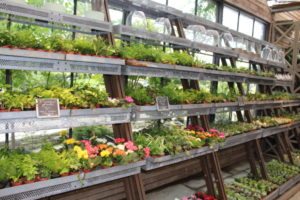
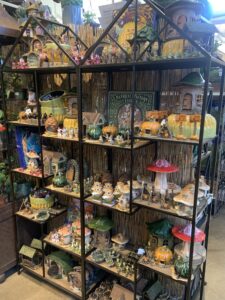
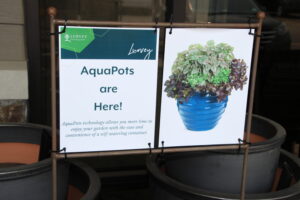
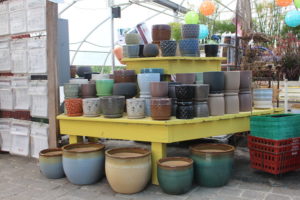

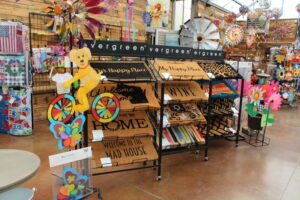

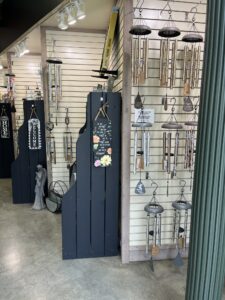
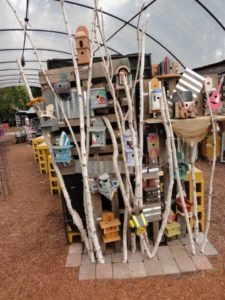
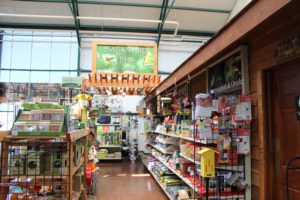
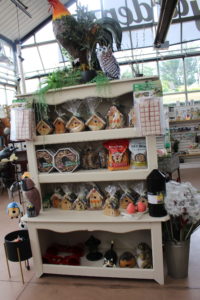
 Videos
Videos





